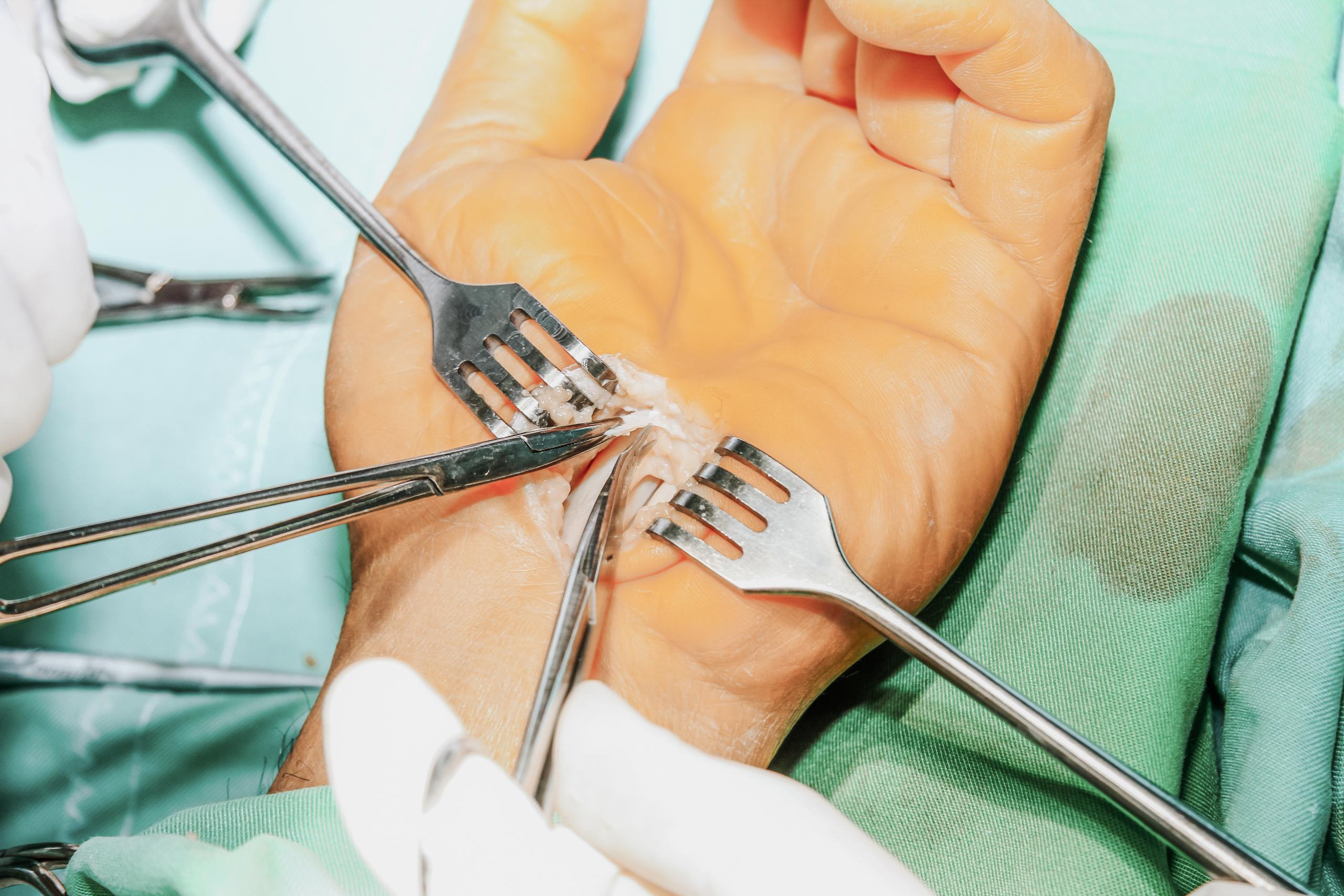
Symptoms often begin as subtle numbness, then spread across fingers with daily repetition. Many feel tingling at night. Others describe electric shocks through the wrist. What begins occasionally becomes constant. Over time, strength declines. Objects slip. Buttons take longer. This progression doesn’t always signal severity—but it reflects compression. The median nerve speaks through these symptoms long before damage becomes visible.
The median nerve travels through a narrow space surrounded by bone and ligament
The median nerve travels through a narrow space surrounded by bone and ligament. This space—the carpal tunnel—has little room to spare. Swelling from repetitive motion, injury, or inflammation reduces that space further. The nerve receives pressure, not protection. And that pressure becomes sensation. Early recognition allows room for change. Delay increases the chance of permanent loss.
Wrist splints help many by maintaining a neutral position during sleep or repetitive work
Wrist splints help many by maintaining a neutral position during sleep or repetitive work. Bending the wrist compresses the tunnel. Splints prevent this. Night splints, especially, reduce waking symptoms. Daytime options assist during typing or lifting. Relief depends on timing. Early stages respond well. Advanced cases may feel unchanged. Still, splints offer low-risk support when consistency is maintained.
Activity modification targets the root cause before inflammation escalates
Activity modification targets the root cause before inflammation escalates. Changing keyboard height. Using ergonomic tools. Shifting wrist position. These changes sound minor. But accumulated over weeks, they reduce nerve strain. Physicians often start here—before medications, before procedures. Success relies on habit change. Those unwilling to adapt often see symptoms return despite treatment.
Anti-inflammatory medications may reduce swelling but do not address mechanical compression
Anti-inflammatory medications may reduce swelling but do not address mechanical compression. Ibuprofen. Naproxen. These relieve pain. But their effect on nerve pressure is temporary. They do not restore space. When used short-term, they allow rest. Long-term use without change delays more effective care. The pill masks pain. It cannot correct cause.
Corticosteroid injections offer short-term relief but may not prevent future progression
Corticosteroid injections offer short-term relief but may not prevent future progression. The steroid reduces inflammation around the nerve. Pain fades. Grip strength may return. But the tunnel remains narrow. If motion continues unaltered, symptoms often recur. Injections are valuable as diagnostic tools. Improvement confirms diagnosis. But repetition yields diminishing returns.
Nerve conduction studies confirm the extent and location of electrical delay
Nerve conduction studies confirm the extent and location of electrical delay. They measure how fast impulses travel through the wrist. Slow speed means compression. These tests also rule out mimics—like cervical nerve issues or diabetes-related neuropathy. Diagnosis isn’t assumed. It’s tested. Severity shown here often guides the decision between conservative care and surgery.
Surgical release aims to divide the ligament pressing on the nerve
Surgical release aims to divide the ligament pressing on the nerve. This procedure creates space. It doesn’t remove tissue—it separates. The goal is decompression. Open surgery uses a small incision on the palm. Endoscopic methods require smaller access but use internal cameras. Both are outpatient. Both carry risk. But both often relieve symptoms where other methods fail.
Recovery after surgery varies with duration of preexisting symptoms and nerve damage
Recovery after surgery varies with duration of preexisting symptoms and nerve damage. Some feel immediate relief. Others take weeks. Numbness may fade slowly. Strength returns last. When surgery happens early, outcomes improve. When delayed, nerve healing becomes incomplete. Patients sometimes expect fast resolution. But nerves recover with patience, not urgency.
Some patients experience pillar pain near the incision as they resume hand use
Some patients experience pillar pain near the incision as they resume hand use. This isn’t nerve pain. It’s soft tissue reacting to altered mechanics. Gripping and twisting worsen it. Physical therapy may help. Time usually resolves it. It’s important to distinguish this discomfort from surgical failure. The nerve is no longer trapped. But the wrist still remembers.
Surgical decisions depend on function, not just discomfort
Surgical decisions depend on function, not just discomfort. Pain alone doesn’t always justify cutting. But when grip strength weakens, or sensation disappears, delay carries risk. Elective becomes necessary. Surgery becomes less about relief—and more about prevention. The window narrows. Intervention, if postponed too long, cannot fully reverse loss.
Long-term success depends more on adaptation than on any single treatment
Long-term success depends more on adaptation than on any single treatment. Splints, surgery, injections—they offer moments of change. But habits restore or destroy progress. Returning to the same posture. Ignoring breaks. Tight grips. These undo gains. Sustained relief requires small daily decisions. The nerve doesn’t demand perfection. Only awareness.
Source: Best Orthopedic Surgeon in Dubai / Best Orthopedic Surgeon in Abu Dhabi
